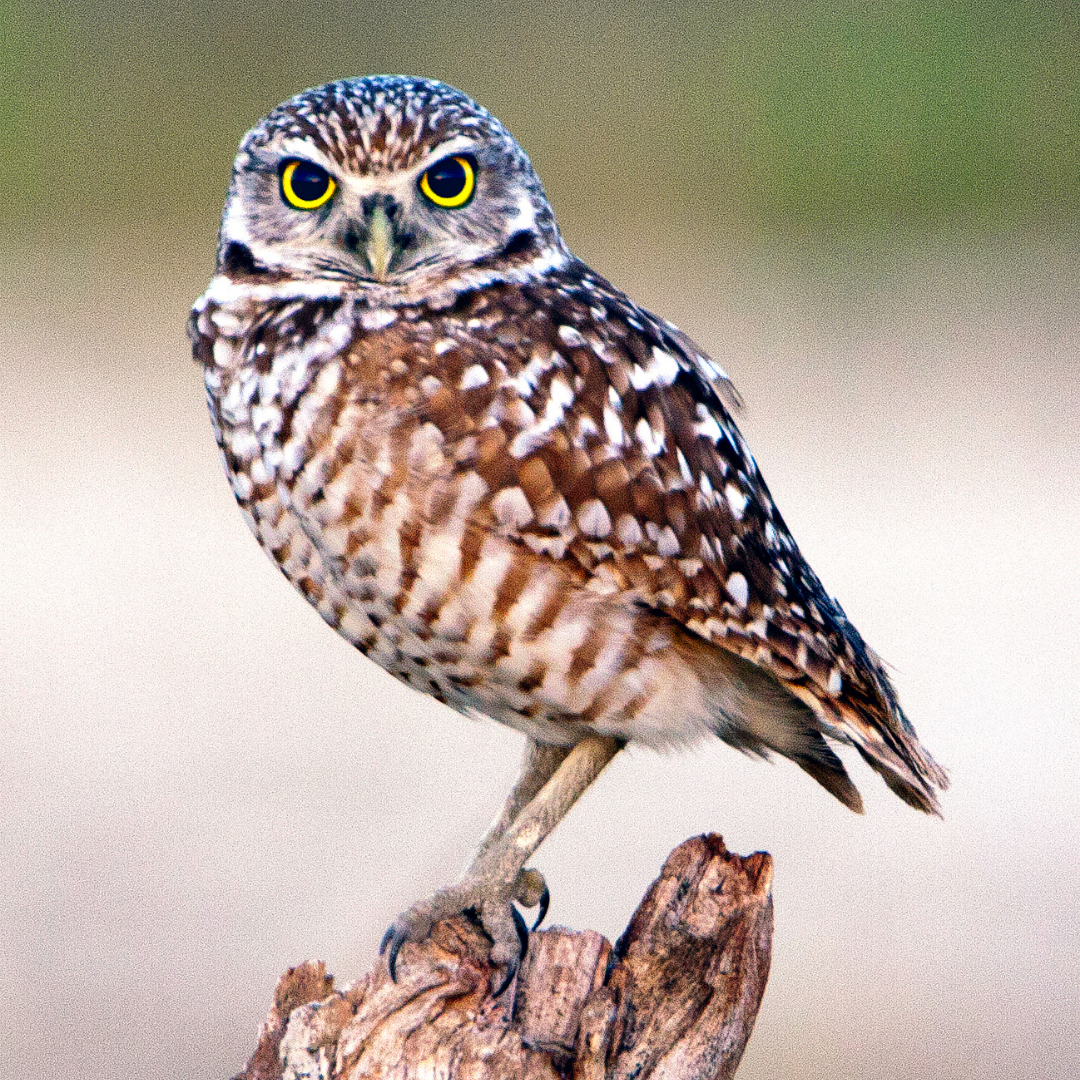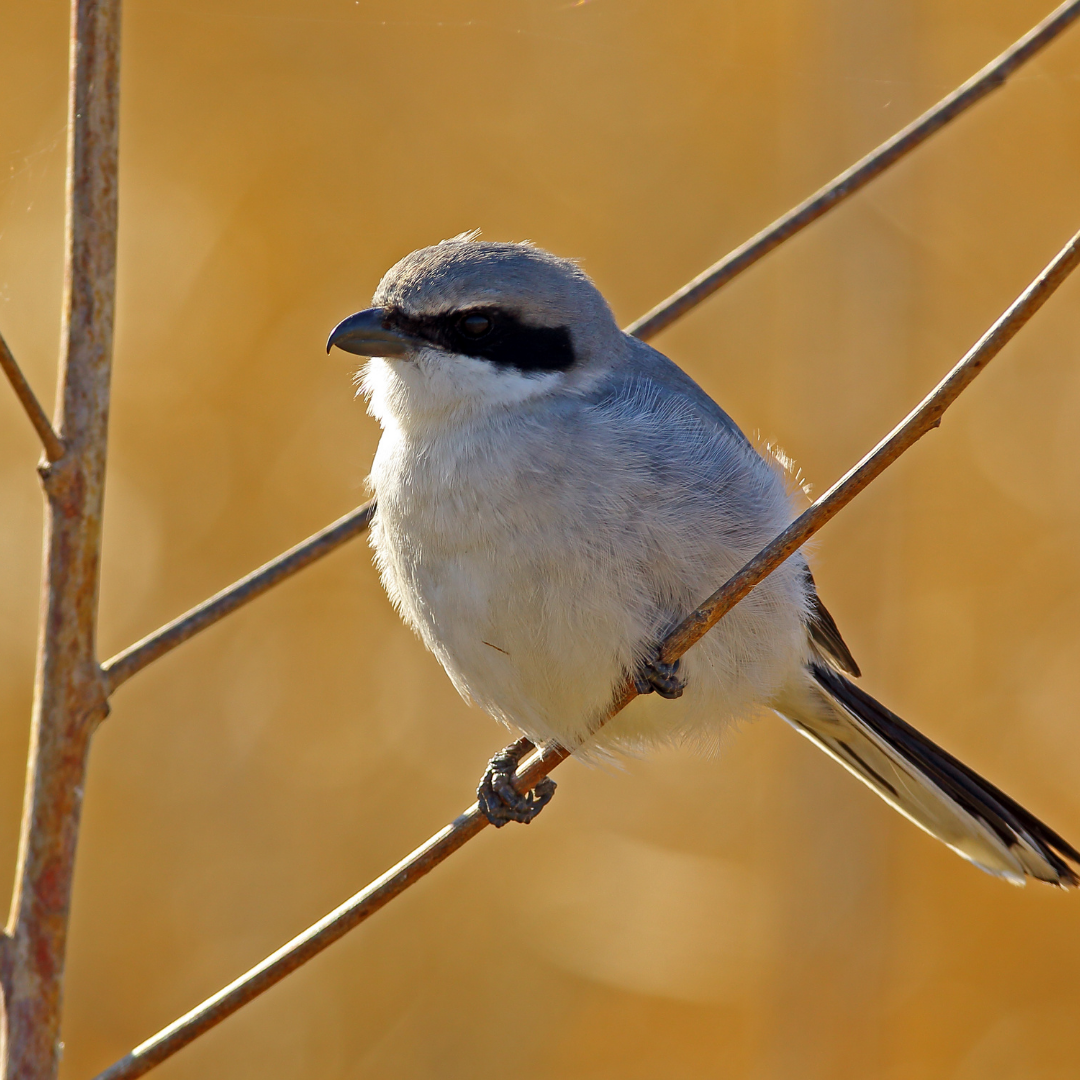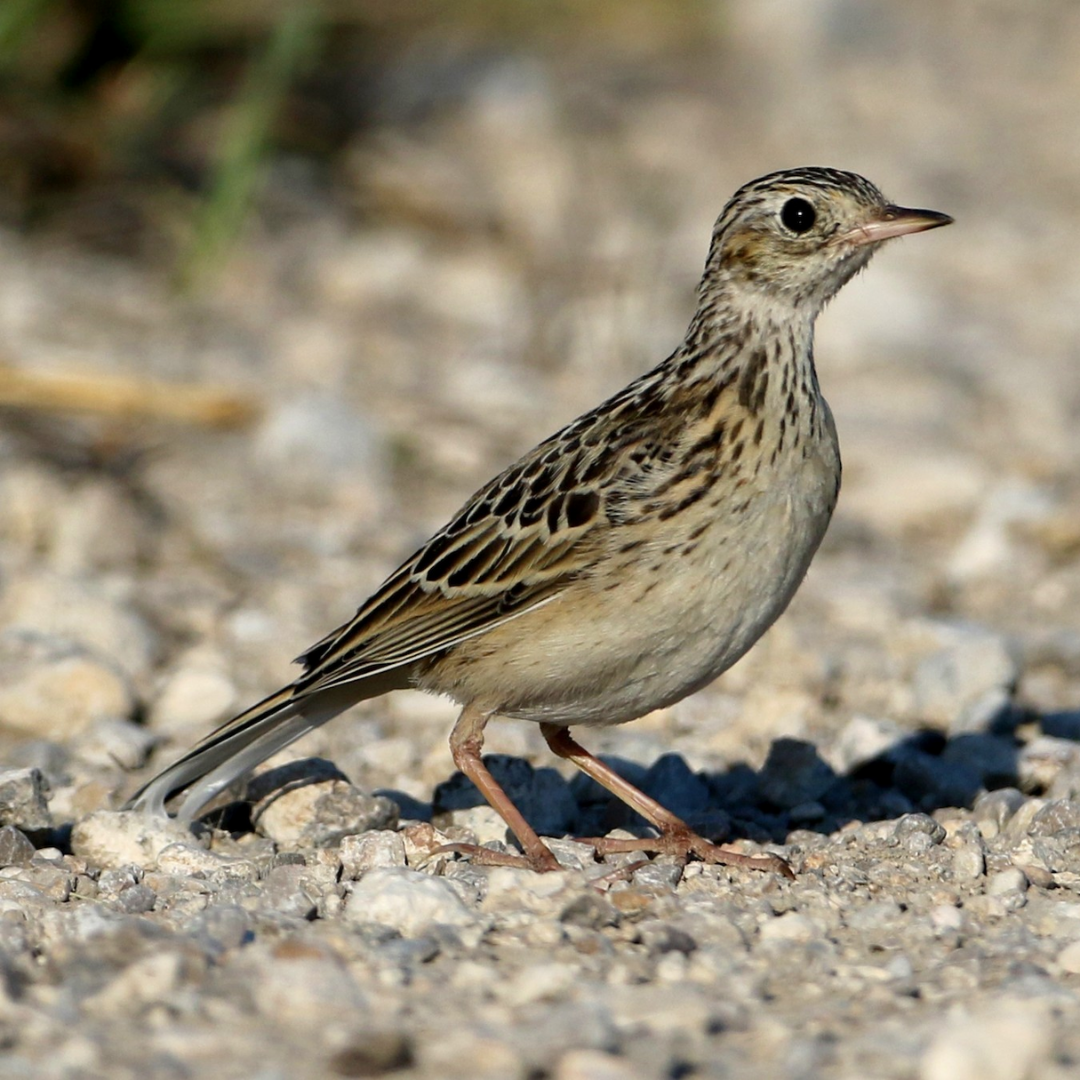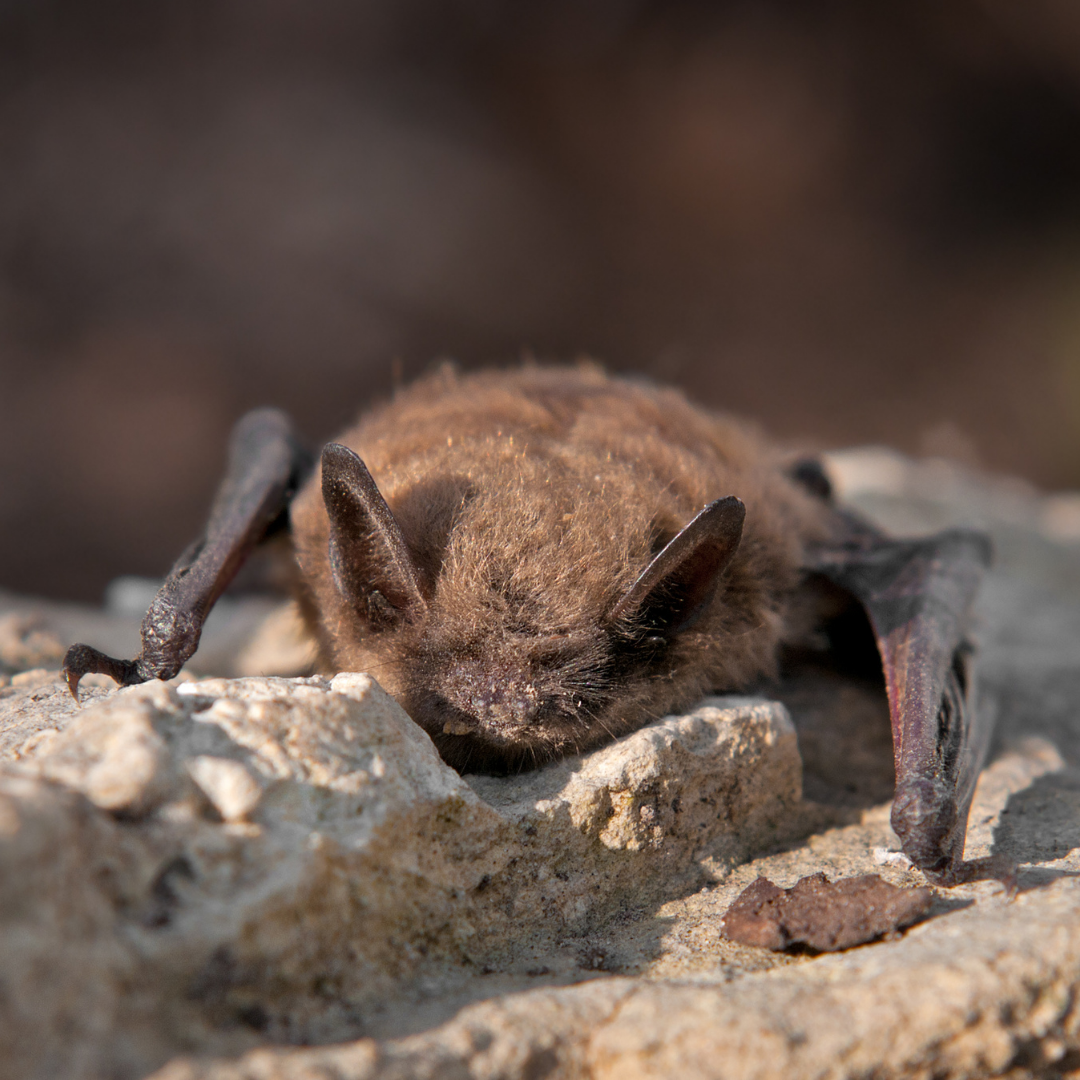
Vulpes velox
Once extirpated from Canada, the Swift fox has slowly been recovering its population following reintroduction programs starting from 1983 in Alberta and Saskatchewan. Today, they are listed as Threatened and are said to have a self-sustaining population.
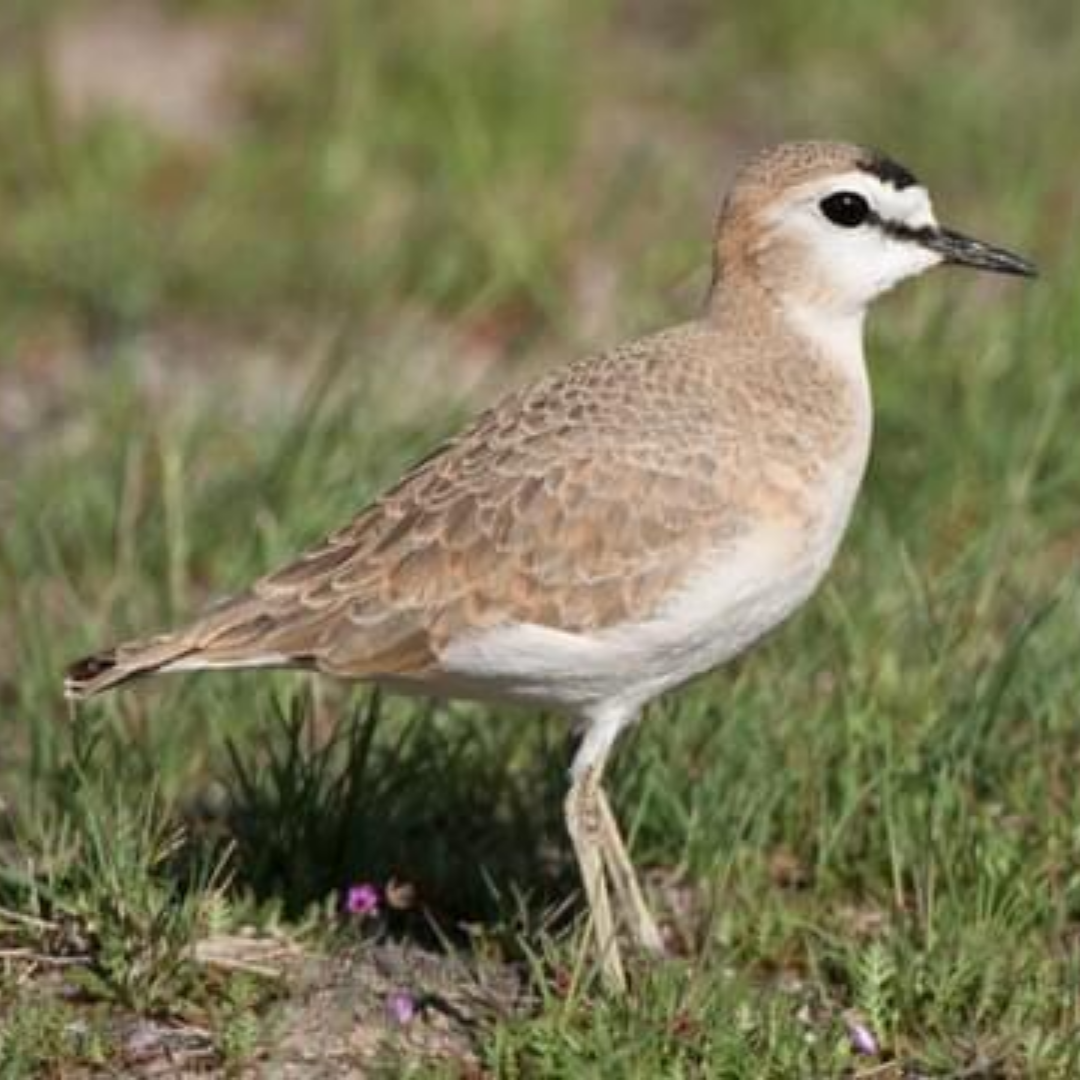


Charadrius montanus
Contrary to what their name suggests, mountain plovers live in Great Plains of North America and do not inhabit mountain environments. They are rare in Canada, which attracts birders from all over the country in hopes of spotting the mystic bird.



Coluber constrictor flaviventris
As their name suggests, Eastern Yellow-bellied Racers are the fastest snake in Canada. These snakes can camouflage in the dirt and are non-venomous and harmless to humans.
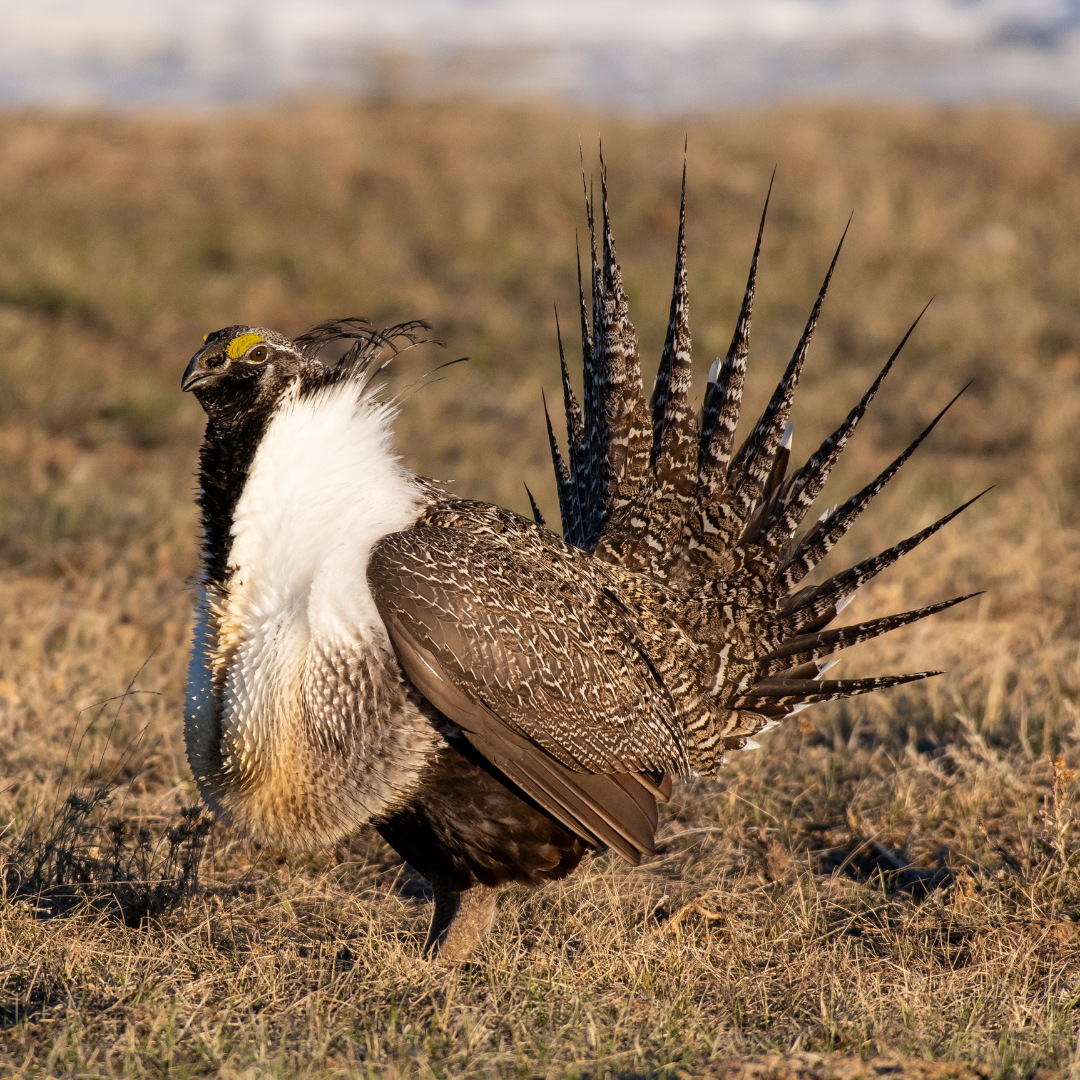


Centrocercus urophasianus urophasianus
Occupying only 7% of their former range and experiencing major reductions in population, the Greater Sage-Grouse represents one of the most endangered species in Canada.
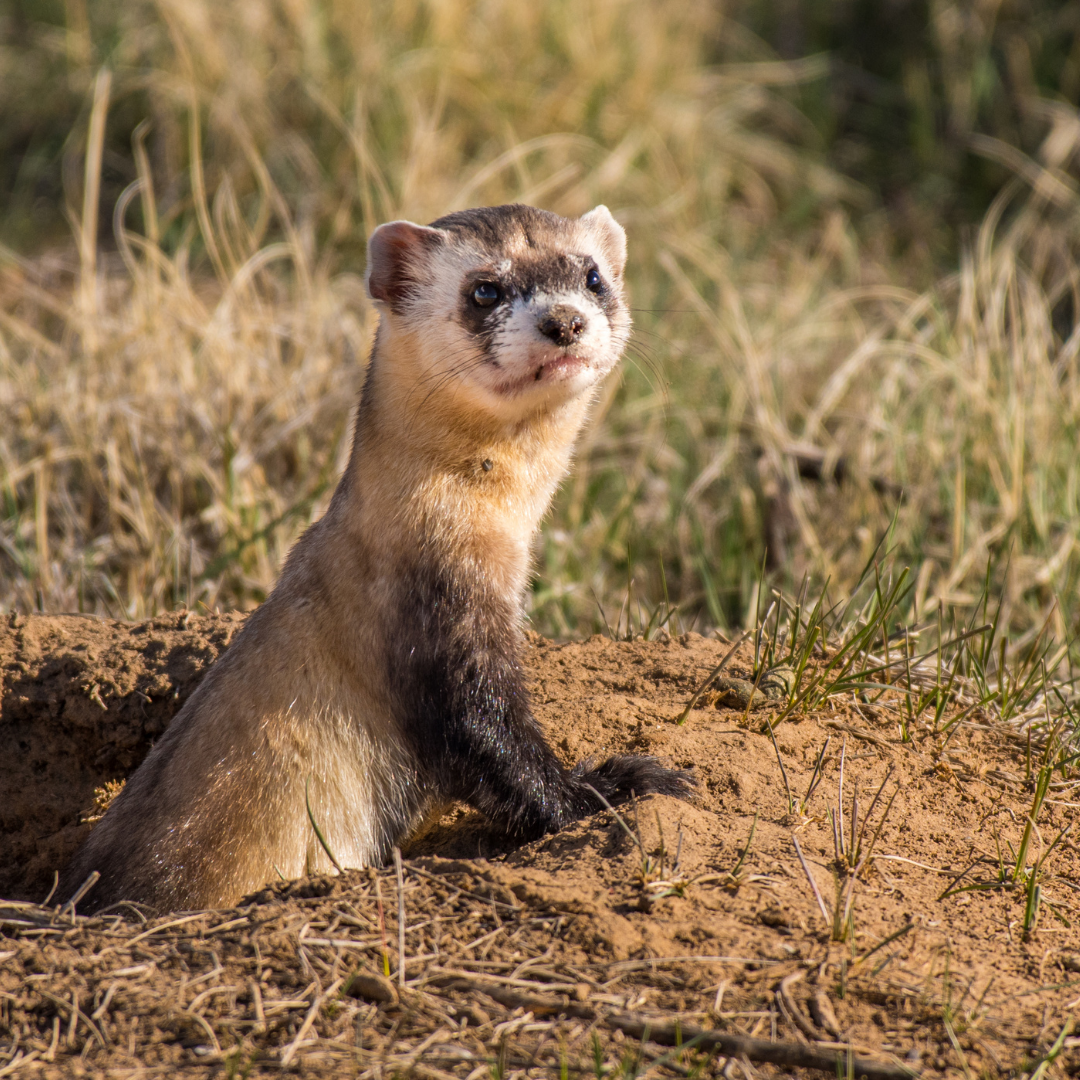


Mustela nigripes
The Black-footed ferret was announced extirpated from Canada in 1978, then re-examined and confirmed in 2000. Not including re-introductions, the last wild ferret was seen in 1937 in Saskatchewan.



Cynomys ludovicianus
Black-tailed Prairie Dogs are a keystone species of the prairies, providing habitat and food for many other grassland animals.
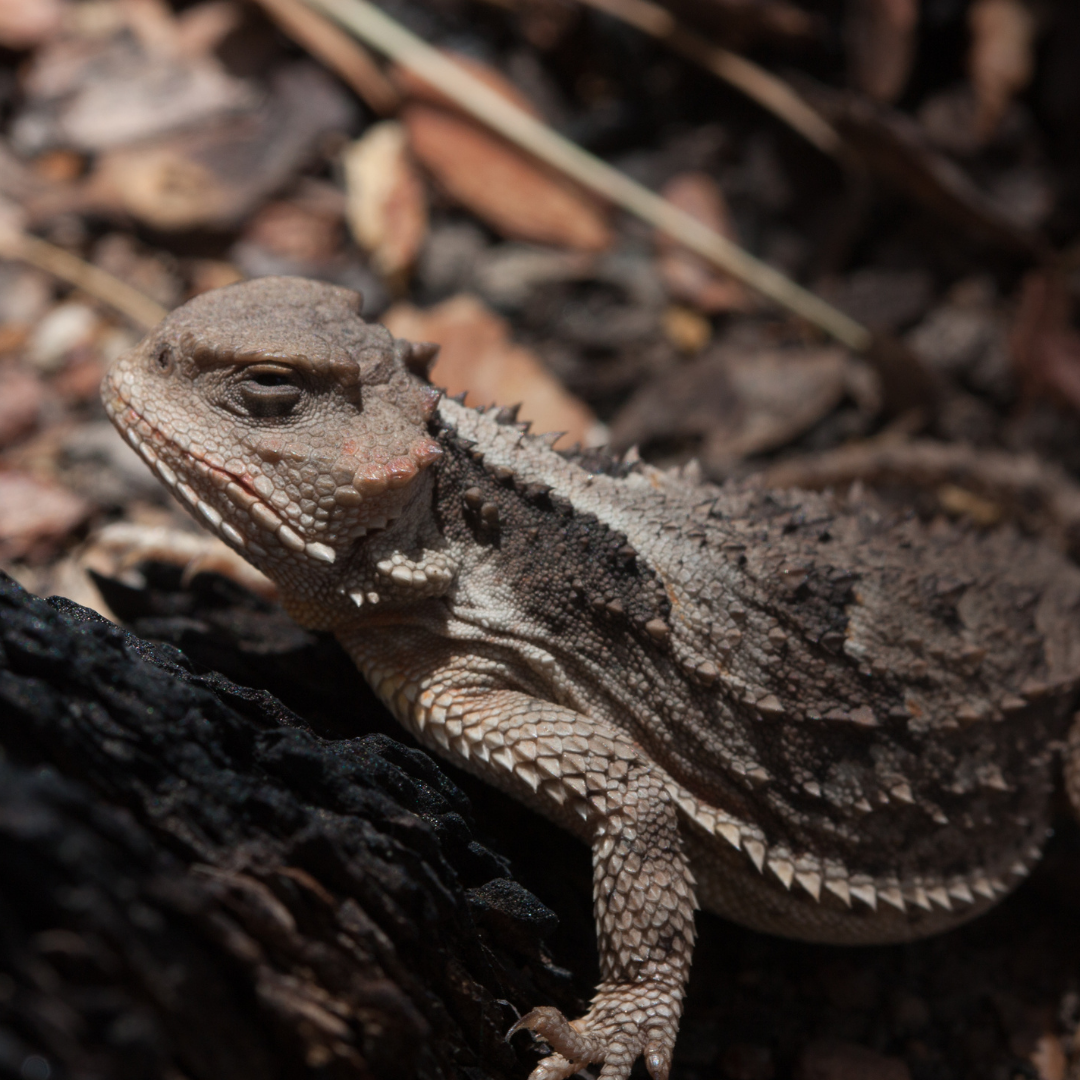


Phrynosoma hernandesi
The Greater Short-horned lizard is the most northerly occurring iguanid lizard species in the world, with its northern limits reaching southern Alberta and Saskatchewan. It is the only species of lizard found in both these provinces.
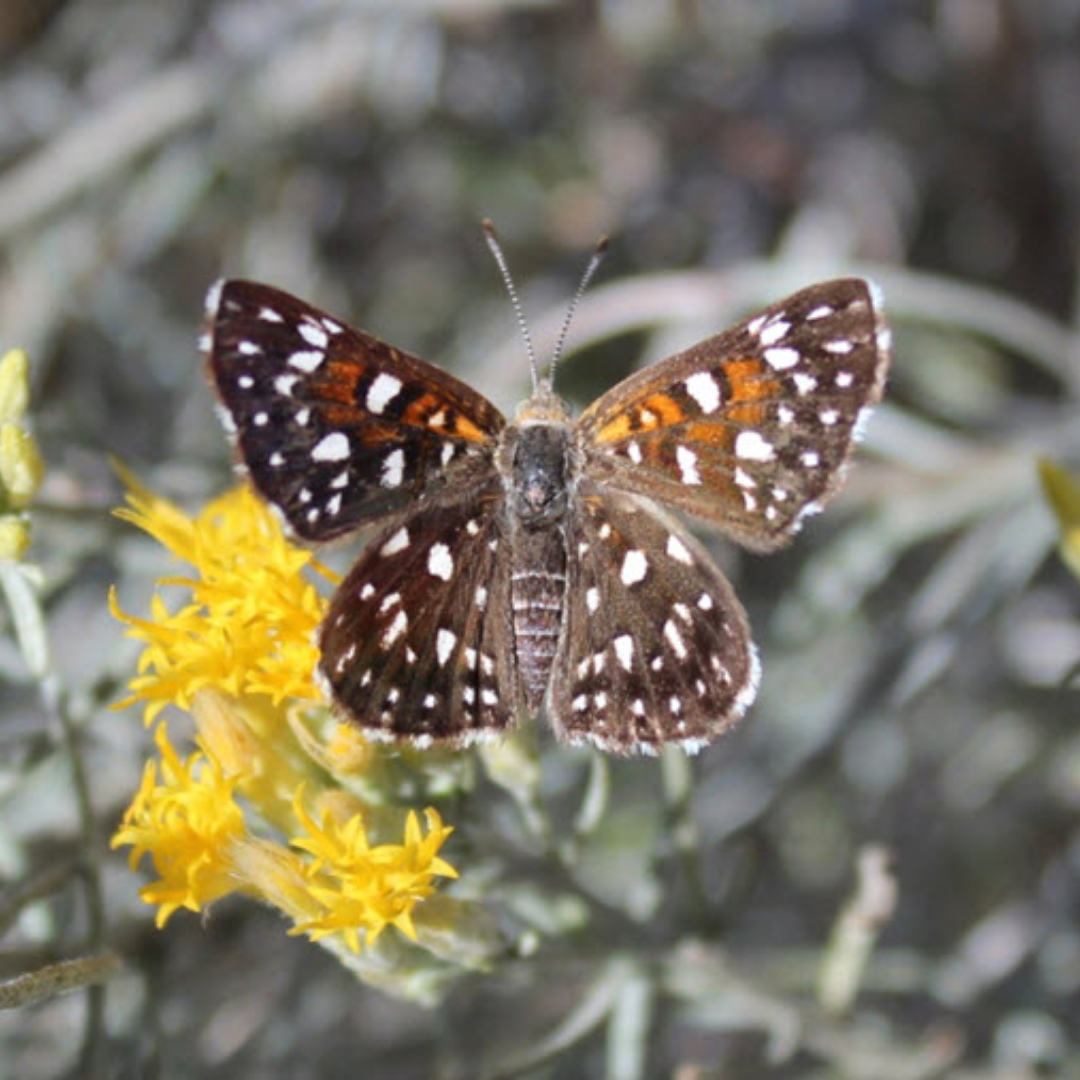


Apodemia mormo
The Mormon Metalmark is a small butterfly that is found in two distinct populations in Canada, one in B.C and the other in Saskatchewan. The prairie population is found in distinct regions in southern Saskatchewan.



Bison bison bison
Bison once roamed the Great Plains in vast herds that stretched miles long, and yet, years later, they were on the brink of extinction. Today, bison represent strength and resilience and are an important symbol of the prairies. However, they are yet to be listed federally under Species at Risk Act as ‘threatened’, despite COSEWIC’s recommendation to do so.



Rangifer tarandus caribou
Often mistaken for moose or elk, the Boreal Woodland Caribou is a large mammal species that is symbolized on the Canadian quarter. They are an iconic species that roam the old-growth boreal forest across the nation, acting as both an indicator and an umbrella species. They also play a critical role to many Indigenous communities across the land, acting as a cultural keystone species.

